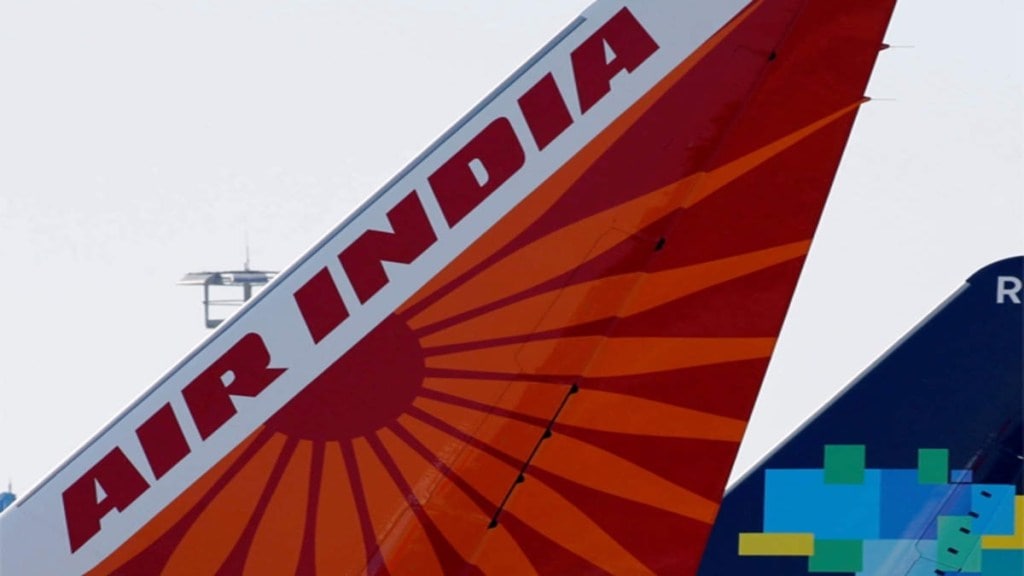Air India has responded to the Directorate General of Civil Aviation (DGCA) notice. The Air India spokesperson confirmed, “We acknowledge receipt of these notices from the regulator related to certain voluntary disclosures that were made over the last one year by Air India. We will respond to the said notices within the stipulated period. We remain committed to the safety of our crew and passengers.”
Air India has been warned by India’s aviation regulator that it could face enforcement action for breaching safety standards related to crew fatigue management and training, government notices to the airline, reported Reuters. Four government notices issued on July 23 have criticised Air India for repeatedly failing to meet safety standards, following several previous warnings. Regulators have indicated that possible actions could include financial penalties or even the removal of certain executives from their positions.
The notices list a total of 29 breaches, such as not ensuring pilots receive mandatory rest, inadequate adherence to simulator training requirements, failing to train crew for operations at a high-altitude airport, and operating international flights without the required number of cabin crew. “Despite repeated warnings and earlier enforcement measures, systemic problems in compliance monitoring, crew scheduling, and training oversight remain unresolved,” one notice stated.
This comes after Air India’s statement on the completion of the fuel control switch inspection. As an update, the airline completed its precautionary inspections of the Fuel Control Switch (FCS) locking mechanism across its entire fleet of Boeing 787 and Boeing 737 aircraft. This included those operated by its low-cost arm, Air India Express, following the directive issued by the Directorate General of Civil Aviation (DGCA) on July 14.
According to the airline, no faults were identified during these checks. Air India had proactively begun voluntary inspections on 12 July and ensured completion within the DGCA’s prescribed timeline, subsequently informing the regulator. The airline reaffirmed its ongoing commitment to ensuring the safety of both passengers and crew.
This comes after the Aircraft Accident Investigation Bureau (AAIB) released the preliminary report a month after the AI171 Ahmedabad plane crash. While there were no concrete discoveries, it raised crucial questions as to why the fatal civil aviation mishap occurred. The major reason that was pointed out was the position of the fuel control switches recorded as cutoff mid-air.
The AI171 crash unfolded seconds after take-off after the Boeing Dreamliner 787 nose dived into the BJ Medical College Hostel. It took at least 260 lives with just one survivor. Among the passengers were Indian, British, and Philippine nationals flying from Ahmedabad to London. A dark day for civil aviation, it was followed by multiple technical triggers that hindered multiple domestic and international flights.

